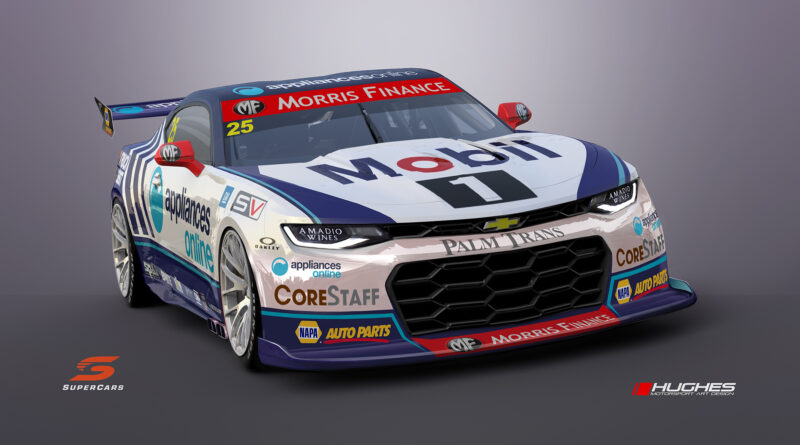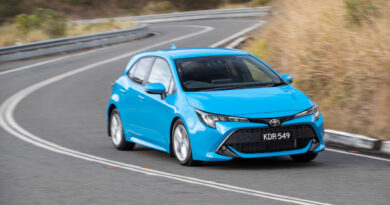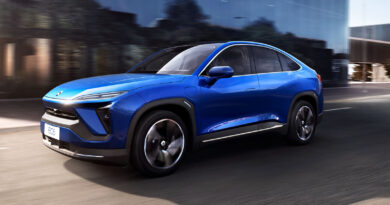Aussie V8 Supercar racing to go hybrid from 2022
You know electrification is getting some cut-through when even Australia’s loud and proud V8 Supercars motorsport category says it will make its next generation racer “hybrid ready”.
The country’s only truly professional motor racing category, which can trace its roots back to the early 1960s, completed its 2020 season with its marquee event, the Bathurst 1000 earlier this month.
In the lead-up it revealed it would be transitioning to a new set of technical regulations from 2022 called Gen3. The arrival of the Chevrolet Camaro (pictured above) to replace the axed Holden Commodore was also announced.
Want the latest EV news and reviews delivered to your inbox?Subscribe to our weekly newsletter!
While the V8 engines will remain, the new design will incorporate space for a substantial battery pack to power a motor-generator that can be fitted to the Xtrac transaxle gearbox that will carry-over from the current Gen2 cars.
Supercars is yet to resolve when it will introduce hybrid assistance and what form it will take, but the transition does seem inevitable.
And electrification is becoming more palatable, even for enthusiasts; General Motors in America this week confirmed it would begin selling eCrate battery electric conversion kits from 2021.
“For the range of stakeholders we work with electrification or hybridisation may become a requirement,” said Supercars chief strategy officer and Gen3 committee member John Casey.
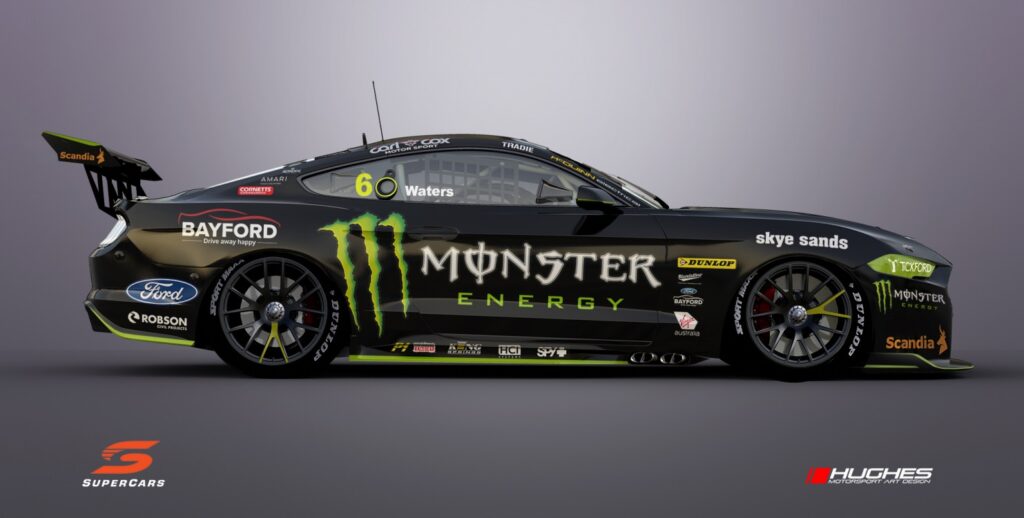
“We can’t see around every corner, but you can take some steps to accommodate something that has a reasonable possibility of coming to you in the future.
“It may not happen, but I think it would be unlikely not to
“But I don’t have a timeframe on its introduction. In this regard, we will be a ‘fast follower’.”
That means Supercars is watching keenly the progress towards hybridisation by series such as America’s NASCAR and the British Touring Car Championship, which have announced similar plans.
There are multiple ways Supercars could exploit electrification in its Gen3 racer, but the most likely way is as a ‘push to pass’ power boost.
Already employed in some motor racing categories, push to pass is operated by a button on the steering wheel. Drivers are restricted in how many times they can use the system each race.
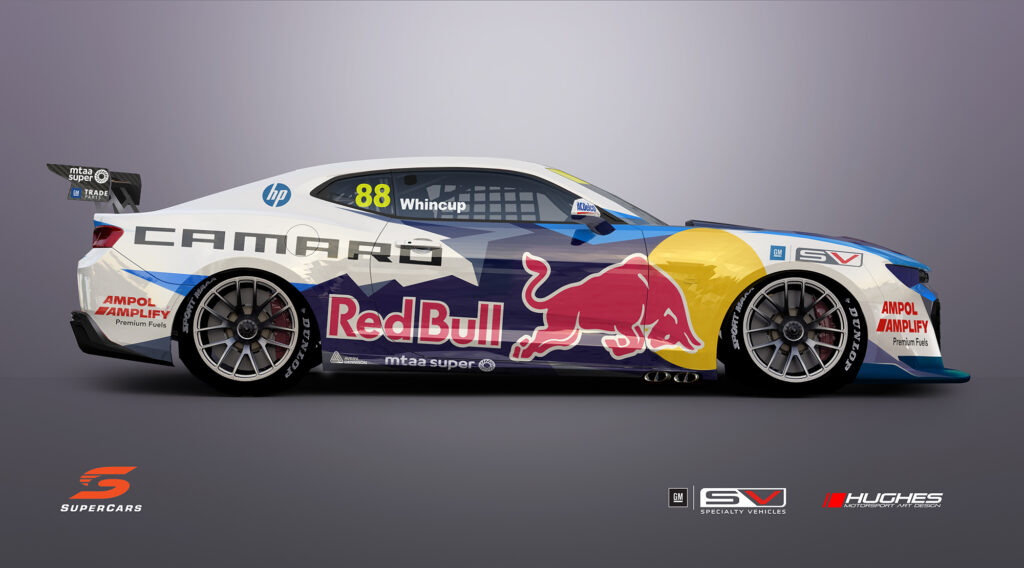
“If there was 100 horsepower available in electric power, 50 of it could be available at all times and 50 could be available push to pass,” Casey theorised.
“Whatever the electric component ends up delivering it needs to be substantial, it won’t be a trivial amount of additional power,” he said.
“I think you have an obligation if you are describing your powertrain as being hybridised … for the electric component to be a material contribution to the overall power.
“That’s why we designed the chassis in a way that it could accommodate a battery pack that could deliver a material amount of additional power.”
The Supercars Gen3 rules also aim to dramatically reduce cost of race cars, which are worth around $700,000 new and expensive to operate for a season.
Unlike touring cars, as they were known in earlier days, Supercars have no technical relationship to road cars, being based on a dedicated racing chassis with a facsimile body shaped over the top.

